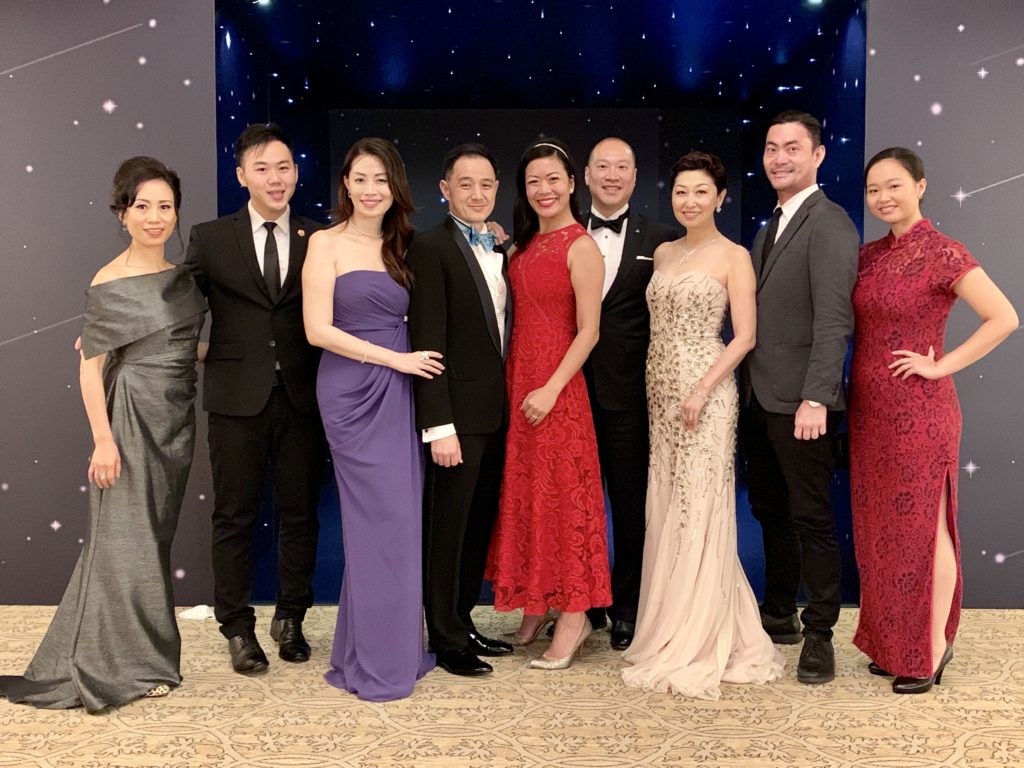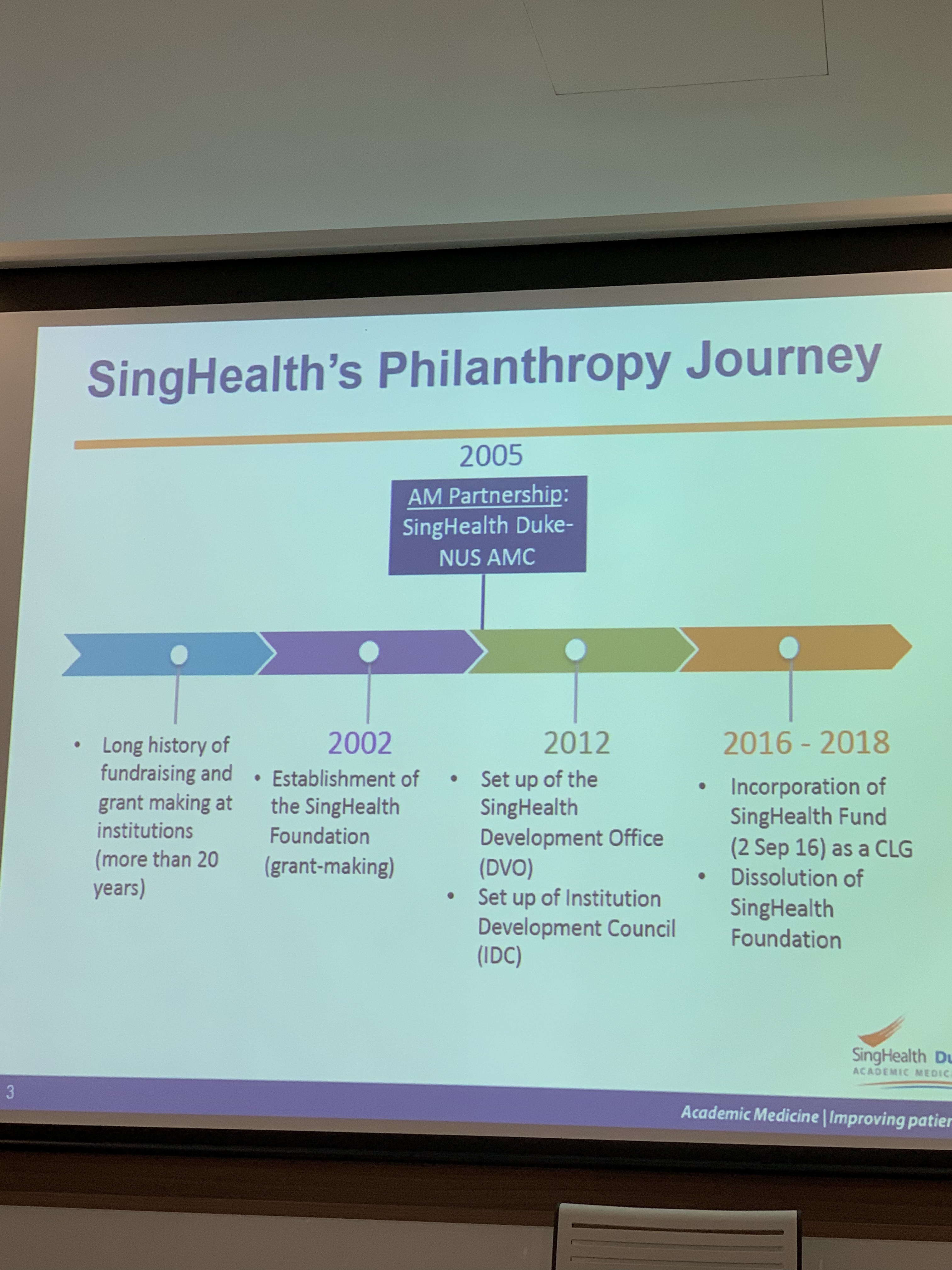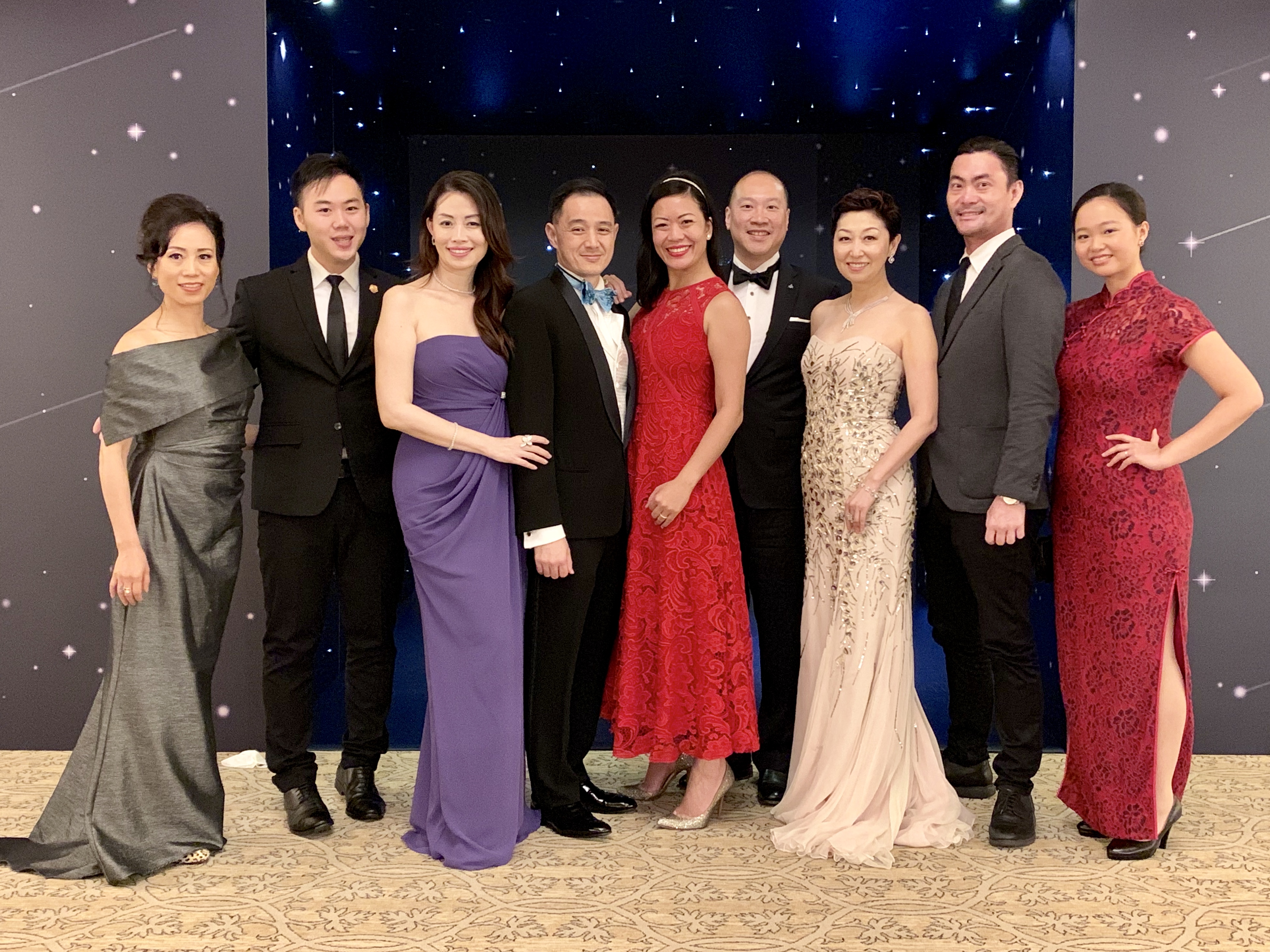My Journey With Philanthropy
Philanthropy In Healthcare
Where does philanthropy fit in your list of needs? When I was in primary school, my teacher spoke to us about Maslow’s pyramid. At the base of the hierachy are physiological needs, followed by psychological ones. Right at the top is self-actualisation. But philanthropy involves promoting the welfare of others, not oneself. Therefore it seems to exist above & beyond what needs to be done. Yet it isn’t just a lofty concept. In fact, for a community to thrive, philanthropy is often required to make big disruptions to enable change.
At a recent SingHealth workshop, I met fellow directors of philanthropy from various academic clinical programmes. It was probably one of the most fruitful workshops I’ve attended. Many of us enjoyed extended meaningful conversations and looked forward to doing some good work together. A fortnight ago, we hosted our first collaborative philanthropy event, a gala dinner.
The SingHealth Duke-NUS Gala Dinner
Almost 800 clinicians, donors & guests gathered in support of medical research & education on 14 September at the Ritz-Carlton.
Our GCEO Professor Ivy Ng gave a stirring speech about why medical research is important. She explained that we can define new standards in care, that generations that come after us can enjoy. In fact, when we unlock possibilities through medical research, our donors are our partners in this journey. The audience laughed with her when she promised that the point of the dinner was not to take their money. Instead, she said we were gathered together to “celebrate life, health and even better health tomorrow.”
Subsequently, Professor Thomas Coffman, Dean of Duke-NUS Medical School, spoke about how medical education isn’t just for doctors. In fact, the healthcare team includes nurses & allied healthcare workers. He thanked donors for contributing towards innovative approaches to medical education of teams through simulation to improve patient care. He also discussed Singapore’s integration of outstanding specialist medicine with community care, supported by cutting edge world-class research.
So what are the various specialist academic clinical programmes?
Academic Clinical Programmes
Currently, there are 15 academic clinical programmes, including Anasthesia, who organised this year’s gala, themed Odyssey of Stars. The stunning photo wall was a mysterious dark cavern lit with sparkling lights for stars. By the photo wall and in the ballroom, I met friends representing or supporting various other ACPs like Neuroscience, Eye, Surgery & Paediatrics. Many of us studied together in medical school. At that time, our immediate goals were to pass and graduate from university. Now here were discussing care transformation & innovation. It was frankly, quite thrilling.
Other clinicians hail from the rest of the ACPs such as Medicine, O&G, Cardiology, Oncology, Pathology, Radiology, Dental, Musculoskeletal Sciences & Family Medicine. In fact, Emergency Medicine is the youngest ACP to be formed, just last year. Emergency Medicine itself is a relatively young specialty.
Emergency Medicine ACP
The SingHealth Emergency Medicine ACP draws together emergency specialists from Singapore General Hospital, Sengkang General Hospital, Changi General Hospital and KK Women’s & Children’s Hospital where I work. Together we manage about half of Singapore’s total number of emergencies. Our patients range from infancy to geriatrics. Some patients require emergency resuscitation & trauma care. Others require acute psychological issues & end-of-life palliative care.
In order to improve patient care, we focus on four pillars. These are: clinical services & quality improvement, research, education and care transformation & innovation.
A project I’m personally involved in that encompasses all four pillars is the DARE programme. Although the journey of improving cardiac arrest victims’ survival & raising solutions based on research is long, it’s worth it. By educating the community and transforming the structure of care nationwide via our DARE app, we have made a real impact. All because our teams Dare to Dream . Furthermore, the reality is that all the research, logistics and administration of programmes cost money. Our funds come from various sources including government funds and private philanthropy. Whenever I read an article about students saving lives with CPR, I feel proud of my teams who worked so hard to achieve this.
Philanthropy isn’t just some lofty concept about doing good. The funds raised benefit multiple projects and I for one, have seen tangible results in terms of lives saved.


